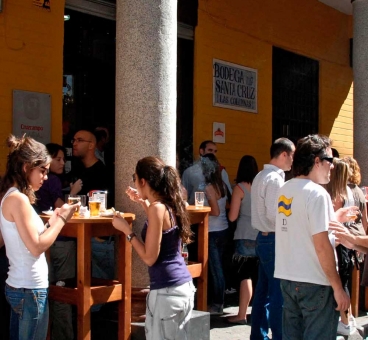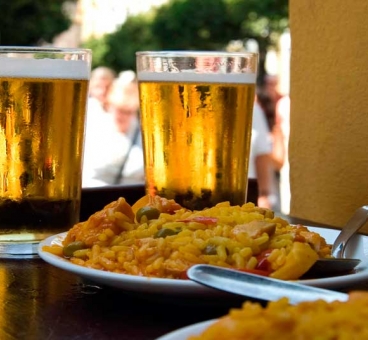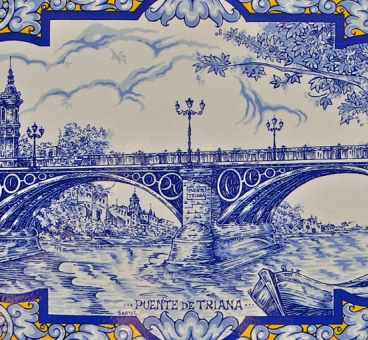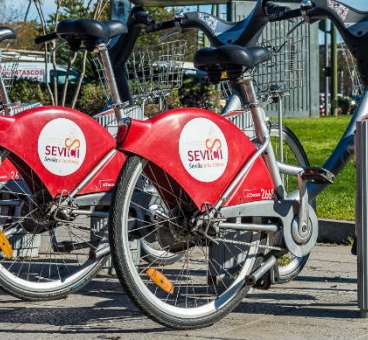A range of civilizations and cultures have left their mark on the ancient city of Seville. Inhabited by Tartessians, Romans, Muslims, Christians and Jews, an unknown heritage emerged that has been recovered and that can be seen during a visit to the different museums around the city.
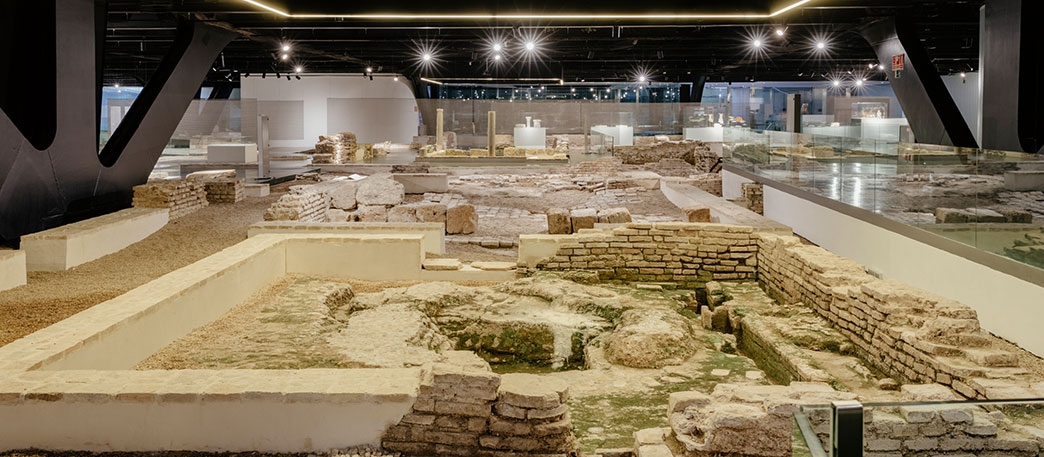
Roman Seville can be accessed from one of the most avant-garde buildings in the city: the Metropol Parasol. At the Antiquarium, the most important archaeological site from this era, mosaics from the Roman House, the House of the Nymph and the House of Bacchus are preserved, as well as a three-metre mural in the Patio del Océano (Ocean yard) and el Hospitium de los Delfines (the. Dolphins Hospitium). Vestiges of the Andalusian period are also preserved in this space, including an Almohad Islamic house.
The Archaeological Museum is another place to discover the legacy of the Roman Empire in the city.
tweet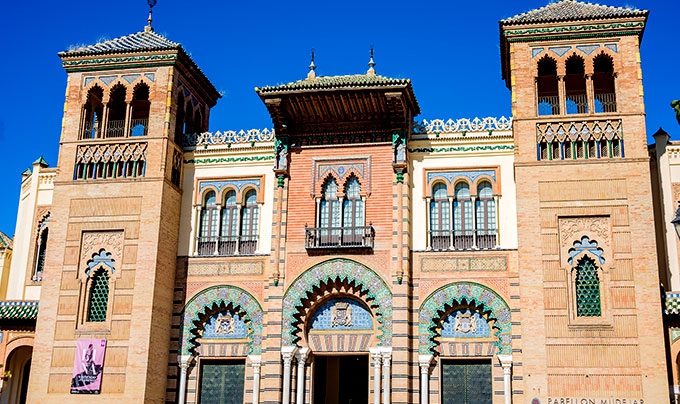
The Archaeological Museum, a neo-Renaissance building designed by Aníbal González, houses one of the most important collections of remains from Roman and Hispano-Roman times from excavations in Itálica and other parts of the province. One of the gems on display is the Treasure of El Carambolo from the Tartessian period, which delves even further into the history of Seville. Closed to the public for expansion and renovation works, its promotion and communication work is temporarily taking place from the Santa Inés exhibition hall
It has remained unmoved by the passage of time in the Real Alcázar. However, the Algaba Marquess Palace is one of the best examples of civil Mudejar art in the city. It exhibits pieces from other Seville museums and monuments that allow visitors see their importance in Seville. Meanwhile the remains of Almohad Seville appear in what was the headquarters of the Holy Spanish Inquisition at the end of the 15th century, the Castle of San Jorge.
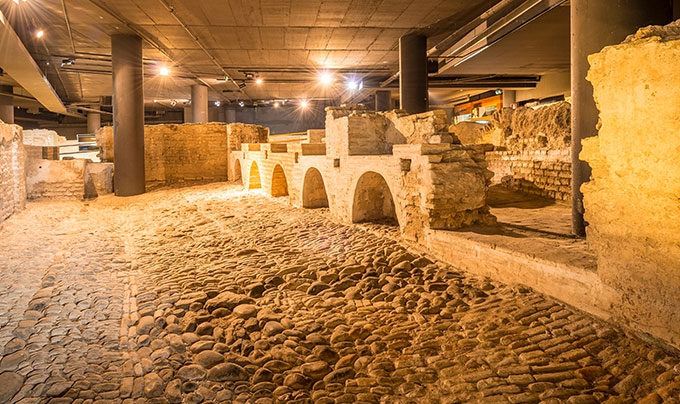
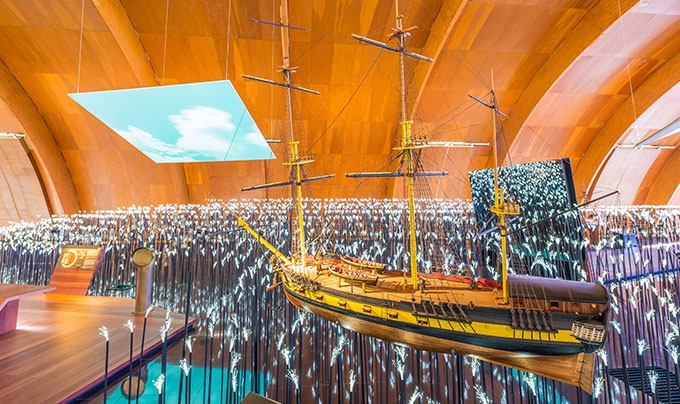
Seville was the port of departure for the New World and the mark left by naval activity not only moulded the character of the Sevillian people, it also turned the city into a naval power. The seafaring Seville heritage can be seen at the Torre del Oro, where a wide range of elements related to nautical arts, portraits of famous people, ship models, views of the Sevillian port and a large number of epigraphic documents are housed.
This can also be seen at the Navigation Pavilion, which was built for the 1992 World's Fair. Stories and experiences of some of the sailors who left the port of Seville to experience adventures in the New World are told here.
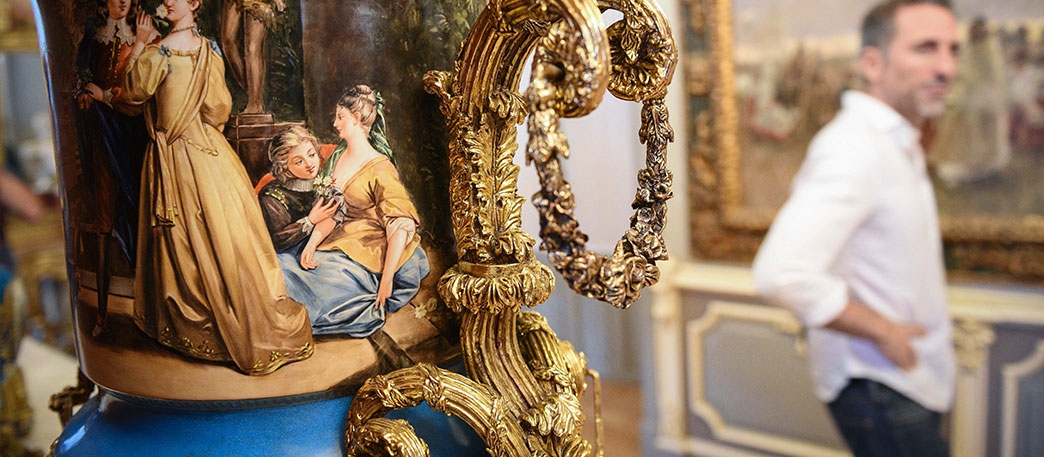
The city has been both the hometown of artists as well as a source of inspiration for them. All of this imagery embodied in pictorial and sculptural works can be visited in the Museum of Fine Arts. The building itself is a beautiful architectural example of Andalusian mannerism, with its interior housing a collection of pictorial works ranging from Spanish Gothic to the first half of the 20th century.
The vast 19th century Sevillian customs heritage that houses the Casa Fabiola-Bellver Museum will give us a picture of a more contemporary city, through the almost six hundred pieces that this palace house keeps within its walls.
The Casa Fabiola-Museo Bellver gives us a picture of a more contemporary city
tweet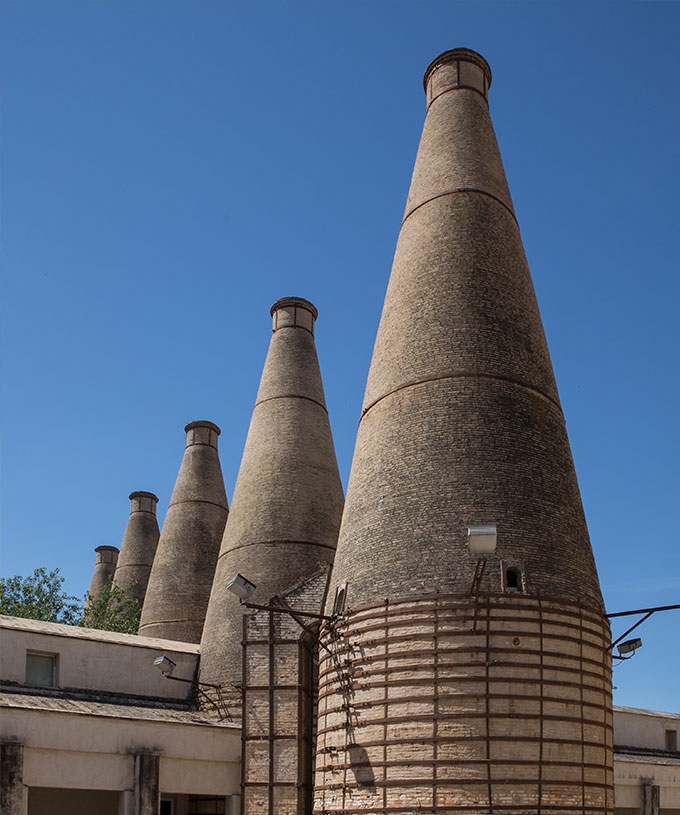
However, a visit to the Museum of Popular Arts and Customs is a must to find out about the know the Andalusian ethnological heritage and the character of the Seville people. The Mudejar Pavilion, built by Aníbal González on the occasion of the 1929 Ibero-American Exposition, and which is located in the María Luisa Park, shows the material and immaterial expressions of Andalusian and Sevillian culture
Not only avant-garde Seville, but also the Seville that knows how to talk with other artists, is the one on display at the Andalusian Center of Contemporary Art. A space that in its day was location of the miraculous apparition of the Virgin, which was a convent and an earthenware and porcelain factory, and today houses the most avant-garde and current plastic works.
Seville is a multifaceted city, and the customs and traditions taking place in the city mean that these features are exhibited in specific museums: artisan Seville is shown at the Centro Cerámica Triana, in the neighbourhood where the best ceramic pieces lived and departed from. There is an exhibition on Seville flamenco at the Museum of Flamenco Dance built by dancer Cristina Hoyos. Bullfighting and chivalric Seville is exhibited at the Real Maestranza de Caballería exhibition rooms, while the heritage of the military Seville can be visited at the Plaza de España, with a collection mainly brought from the Centre Units and Organisations that were once located in the capital of Seville.

